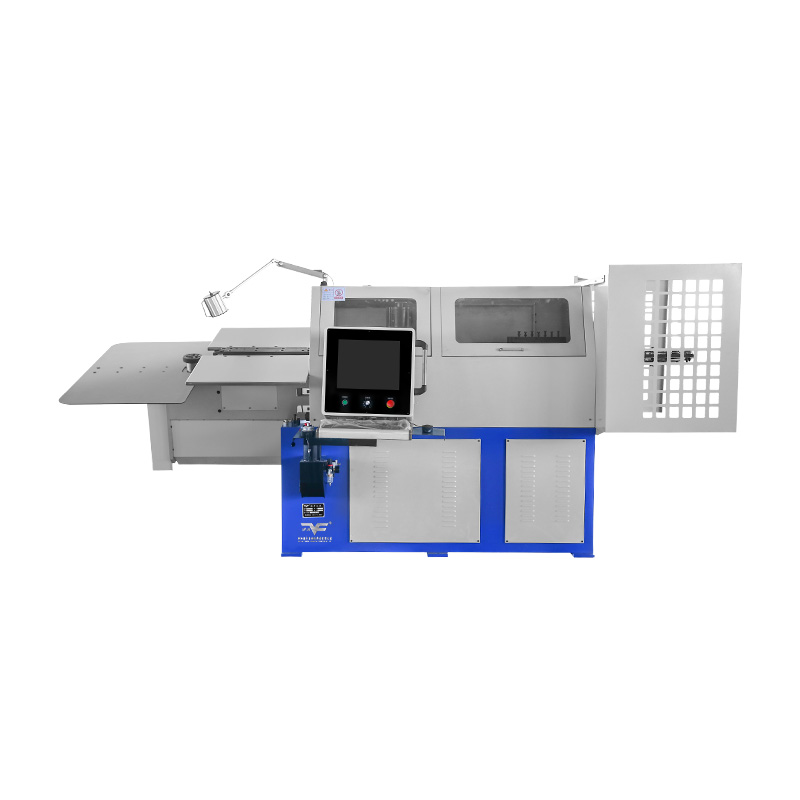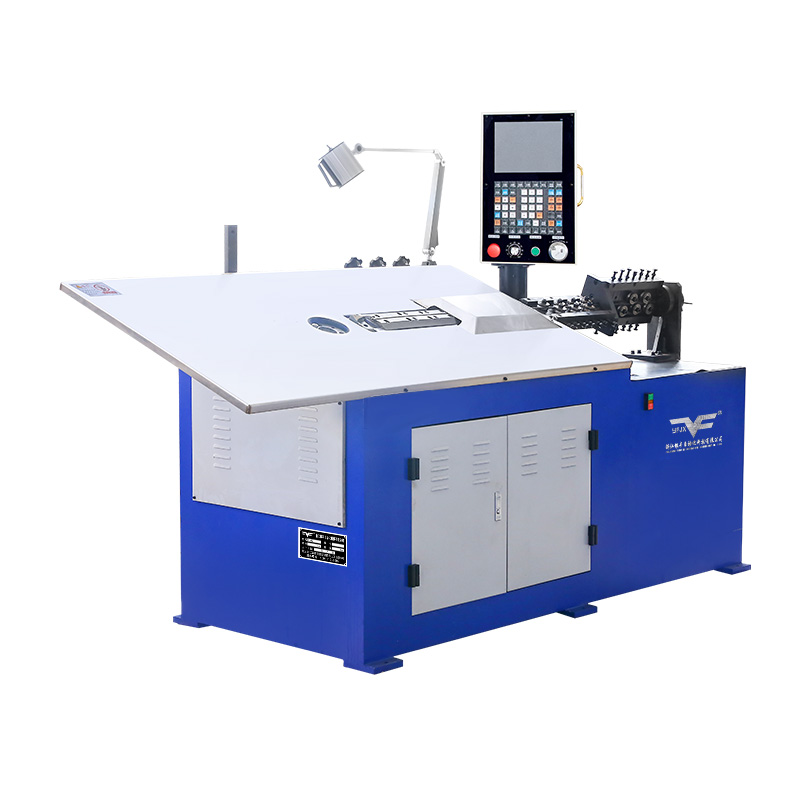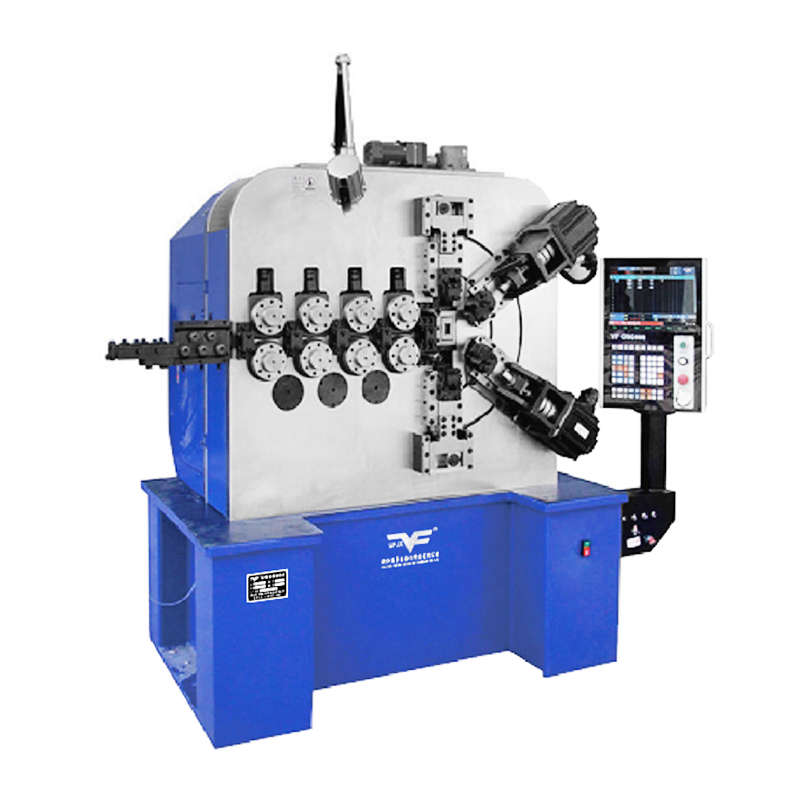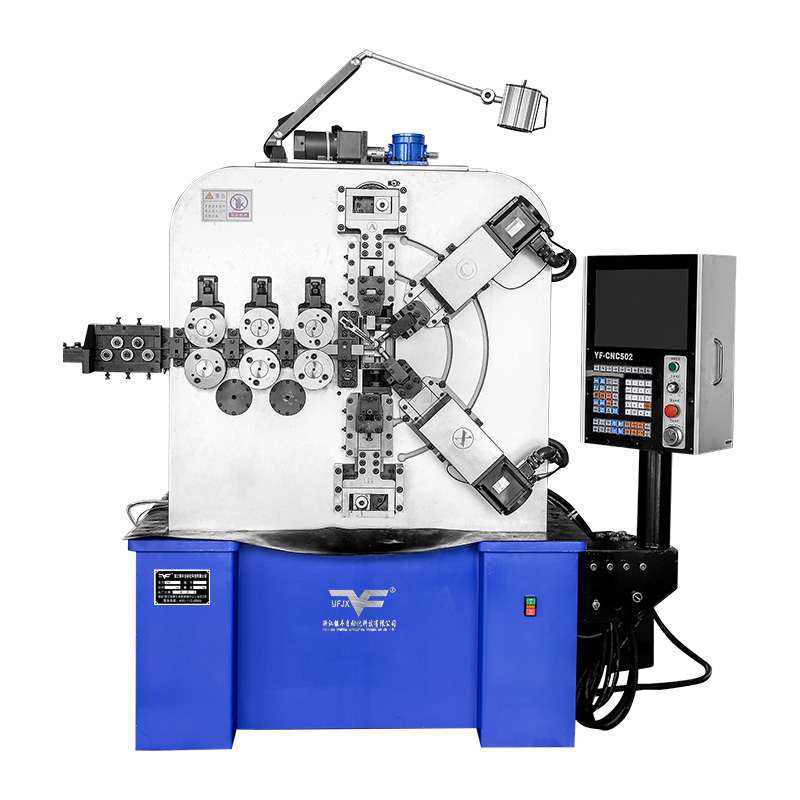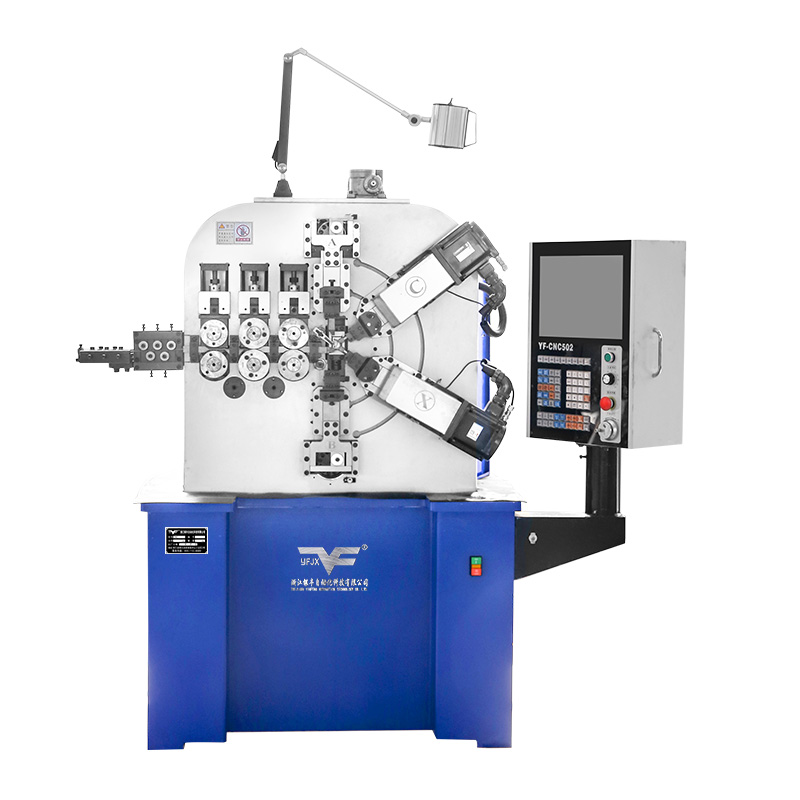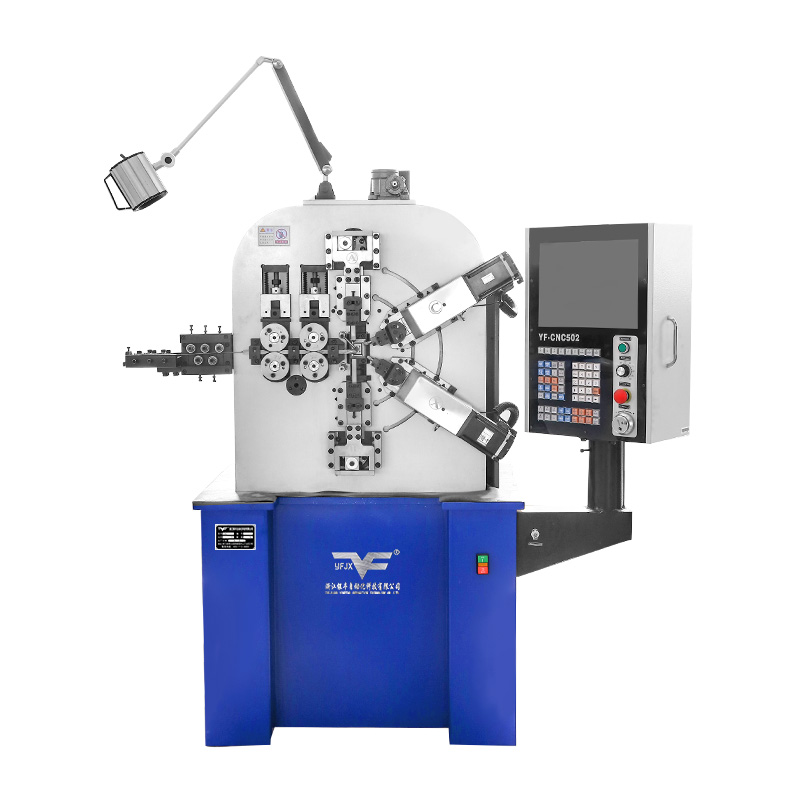Spring Forming Machine Applications Expand Across Custom Wire Bending Operations
Industry News-As manufacturing processes become more specialized, the use of the Spring Forming Machine has expanded significantly across various custom wire bending applications. This equipment supports a range of industries, including automotive, electronics, and consumer goods, where precise and reliable spring components are essential. The ability to process different wire diameters and create complex shapes has made the Spring Forming Machine a valuable tool in modern fabrication environments.
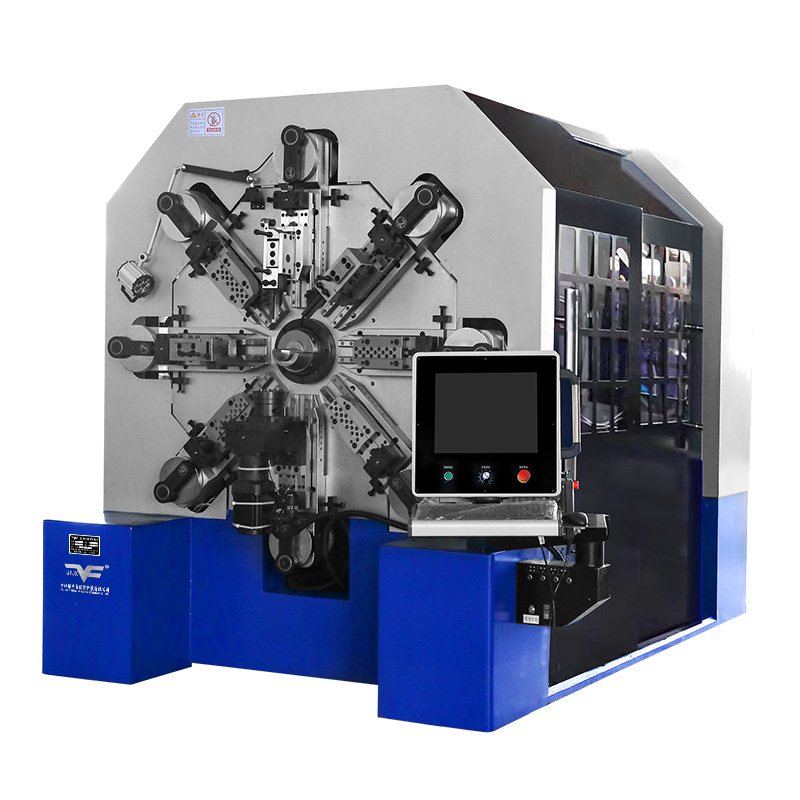
One of the major advancements contributing to this growth is the increasing adoption of the CNC Spring Coiler. Unlike traditional mechanical systems, CNC-controlled coilers offer digital precision and repeatable performance. These machines can be programmed to produce various spring geometries with small manual adjustments. As a result, operators can meet custom design requirements more easily and efficiently. The CNC Spring Coiler plays a key role in ensuring consistent quality, especially when high volumes or intricate spring shapes are involved.
In custom wire bending operations, flexibility is often a primary consideration. A Spring Forming Machine provides that flexibility by supporting various forming techniques, including coiling, hook forming, and leg bending. With adjustable tooling and programmable settings, users can quickly shift between different spring types without lengthy downtime. This adaptability enhances productivity and allows for small-batch or prototype production without major setup changes.
At the same time, the CNC Spring Coiler enables more accurate control over wire feed, pitch, and length. These features are particularly important when dealing with tight tolerances or specialized spring configurations. Whether for compression, extension, or torsion springs, the machine's ability to fine-tune each step of the coiling process helps maintain structural integrity and functional performance.
The demand for innovative component shapes has pushed manufacturers to reconsider their equipment capabilities. For many, integrating both a Spring Forming Machine and a CNC Spring Coiler into their production line has proven beneficial. The combination allows for the execution of complex wire forms that would be difficult to achieve using manual methods. In addition, the consistency provided by CNC control reduces the risk of variability, which is critical in industries with strict quality standards.
Advancements in machine interfaces have also played a role. Touchscreen panels and programmable logic controllers now simplify the setup and monitoring of both the Spring Forming Machine and the CNC Spring Coiler. Operators can store multiple program configurations, reducing preparation time and enhancing repeatability. These features contribute to smoother transitions between production runs and support lean manufacturing practices.
Another factor driving wider application is material versatility. Spring Forming Machines today are capable of handling a broad range of metals, including stainless steel, music wire, and coated wire. This enables manufacturers to serve clients across different market sectors without needing multiple machines. Similarly, the CNC Spring Coiler accommodates changes in wire diameter and tensile strength through real-time adjustments, further improving production responsiveness.
In practice, workshops that rely on spring-based components increasingly seek equipment that balances speed and control. The integration of a Spring Forming Machine with CNC capabilities has become a standard approach for achieving that balance. When paired with the CNC Spring Coiler, the forming system offers both the shaping flexibility and process consistency needed for current production demands.
The expansion of custom wire bending operations reflects broader trends in automation and customization. As companies prioritize efficient solutions without sacrificing quality, machines like the CNC Spring Coiler and the Spring Forming Machine are expected to remain essential tools across many manufacturing sectors.

 English
English русский
русский Español
Español 简体中文
简体中文